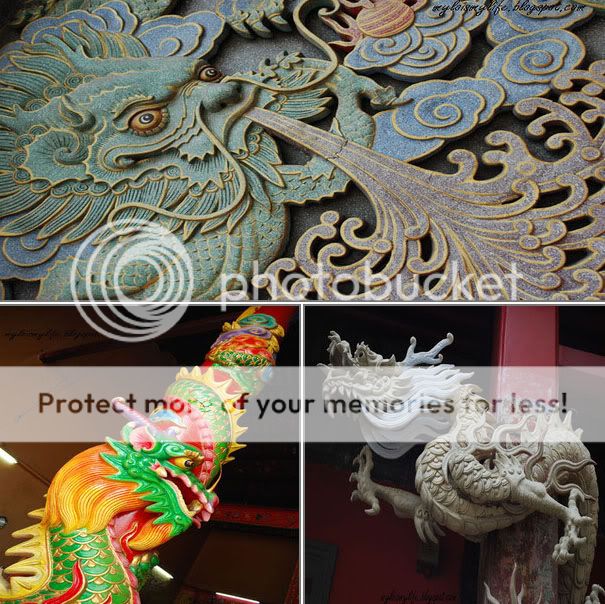
Clockwise: A dragon wall carving, A new marble dragon on the main entrance, A finished wooden carved dragon. Pictures taken with my Nikon D60 (28th November 2009)
Recently, I made another trip to Kuala Lumpur (KL). I was searching high and low for that uniqueness. I walked, walked and walked for more than one hour. Finally, I reached KL Chinatown in Petaling Street. But, I was not exploring the Chinatown. Something else caught my attention.
At the back of KL Chinatown (in Jalan Tun H.S. Lee), I saw two unique temples facing one another. A Chinese and an Indian temple. The big one is Sri Mahamariamman Indian Temple. Across the road (less than 5m), I saw a small Chinese Temple also known as Guan Di - The God of War Temple.
In KL Chinatown, ethnic and religious communities are living side-by-side while managing to preserve their own customs and heritage harmoniously. EUREKA! This is a much needed inspiration for my blog article. I was happy, excited and jumping for joy!

Clockwise: Two fierce looking statues of war general guarding the temple entrance, An exotic hand woven lotus print on the praying altar. Pictures taken with my Nikon D60 (28th November 2009)
At first, I visited the Chinese Temple. I had high expectations. This is the renowned Guan Di (God Of War) Temple in KL Chinatown. One of the oldest temple in Klang Valley - a whooping 121 years old! This temple is built to worship the God of War - China’s greatest warrior a.k.a General Kwan, Guan Di or Guan Yu. Chinese across the world worship God of War to seek protection and well-being.
The temple also housed a 59 kg cooper Guan Dao 偃月刀 - a type of Chinese pole weapon that is currently used in some forms of Chinese martial arts. The Guan Dao is believed to have “special powers". Devotees will be blessed and protected by touching or lifting the Guan Dao. I remember reading an article in The Star paper about the temple and its magical sword. Click the screenshot below to read the full article:
'The people’s defender' - TheStar article by Majorie Chiew. Click picture to read the full article.
At the main entrance, I saw an artist perfecting a marble dragon on the temple's pillar. I was absolutely blown away by his masterpiece! He carved and chiseled every little detail with his very own hands - a tiring and time consuming task. I admire his tremendous effort and commitment in making the marble statues.
After that, I walked into the temple. The main entrance is hung with fragrant coils of spiral incense and paper money that are burned to bring good fortune to the ancestors. On both side of the corridors, I saw precious collections of Chinese antiques. Simply amazing! A Pakistani couple was equally impressed. Later, I stumbled upon a group of temple caretakers. They were folding praying papers and arranging boxes of incense. The workers allowed me to take some up close and personal shots.
Clockwise: Rolls of joss ticks, The God of War Altar (The statues of God of War, Guan Ping and Zhou Cang are made of wood), A donation box. Pictures taken with my Nikon D60 (28th November 2009)
Clockwise: Diyas (A diya is traditionally made of clay. It represents the element of Agni or Fire in a ritual. The diya is filled with ghee or oil, which work as fuel for it. A wick made of cotton is inserted into the diya), A statue of Hindu God, Pictures taken with my Nikon D60 (28th November 2009)
Next, I walked 5 m across the road to explore Sri Mahamariamman Indian Temple. It was covered with blue plastic sheets and dried pandan leaves - an indication of major renovation works. Sigh! I was truly disappointed. Luckily, I stumbled upon a street pookari (flower girl). She asked me to take the side entrance. HOORAY!!! The temple is OPEN!
According to Wikipedia, The Sri Mahamariamman Temple was founded by K. Thamboosamy Pillai in 1873. It is the oldest and richest Hindu temple in Kuala Lumpur. From its inception, the temple provided an important place of worship for early Indian immigrants and is now an important cultural and national heritage. The temple was originally sited somewhere near the Kuala Lumpur Railway Station. It shifted to its present location along Jalan Tun H.S. Lee (next to KL's Chinatown) in 1885. Source: WIKIPEDIA
From Top: A smaller Gopuram (Indian sculptured wall tower), Red & White Bindi (A type of forehead decoration), packets of milk and sugar cane water for the gods. Pictures taken with my Nikon D60 (28th November 2009)
I removed my shoes and walked into the temple. Instantly, I was transported into a place so beautiful that I wanted to forget the rest of the world! The place was peaceful, quiet, calm and tranquil. Along the way, I bumped into several Chinese devotees who also pay homage to the Indian gods. The devotees decorated the god idols with garlands of flowers (handmade with chrysanthemums and purple orchids) and leave packets of milk and sugar cane water next to the altar. WOW! That’s INTERESTING!
The interior design and architecture of the temple is totally surreal and simply breathtaking! This is one of the most ornate and elaborate Hindu temple in Klang Valley. Statues of Hindu Gods, goddesses and sacred animals adorn the temple. The temple is easily recognizable, from its towering 22 meter Gopuram (Indian sculpted wall tower). The chief sculptor was the late S. T. Muniappa from Tamil Nadu, South India. He created 228 idols on the main Gopuram.
Clockwise: Offering flowers to God, Statue of Hindu Goddess, Sacred animals on the temple roof. Pictures taken with my Nikon D60 (28th November 2009)
Overall, it was a productive trip. I am happy to see two different temples standing side by side. The peaceful coexistence between these two temples shows our tolerance and understanding. In multi-religious 1Malaysia, people of different faiths are reaching out to each other to foster better understanding and friendship.
Recently, our PM Najib has declared the country's diversity as a blessing and a basis for racial unity. The existence of these two temples has demonstrated and proven that unity is pretty much A.L.I.V.E in KL and other parts of Malaysia. In Penang, Mahamariaman Hindu temple and Chinese Goddess of Mercy temple coexist peacefully along with Kapitan Keling Mosque.
Informal ties and everyday communication between groups of different faiths in Malaysia has often helped diffuse tensions that developed at the political level. Familiarity with other faiths has dissipated the fear of the unknown. Keep up the good work, Malaysians!
Opening Hours:
Both temples are located in Jalan Tun H.S. Lee in KL Chinatown.
- The Sri Mahamariamman Indian Temple opens daily from 6.00 a.m. to 9.00 p.m. Visitors are reminded to remove their footwear before entering the temple.
- The Guan Di temple opens from 7am to 5pm daily.
Getting There:
Take PUTRA LRT to Pasar Seni Station and walk towards UDA Oceans shopping complex. Turn left and walk along Jalan T. H.S.Lee.
Google Maps:
Things To Do/See:
Guan Di (God of War) Temple:
- 59 kg cooper Guan Dao
- Two large sized statues of War Generals
- God of War altar
- Wood statues of God of War, Guan Ping and Zhou Cang
Sri Mahamariamman Indian Temple:
- 22 meter Gopuram (Indian sculpted wall tower)
- Statues of Hindu Gods, goddesses and sacred animals
Read More/Useful Links:
- http://tinyurl.com/yll3ujt (Sri Mahamariamman Temple - Wikipedia Article)
- http://tinyurl.com/ygtvaw5 (The Guan Dao in Guan Di Temple - TheStar)


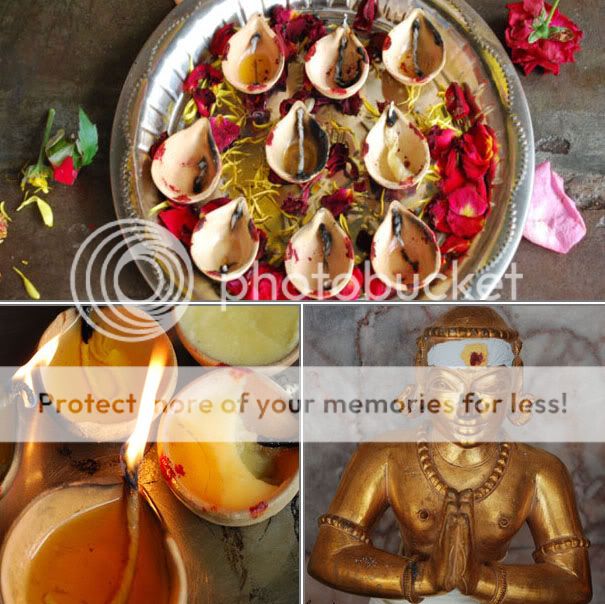
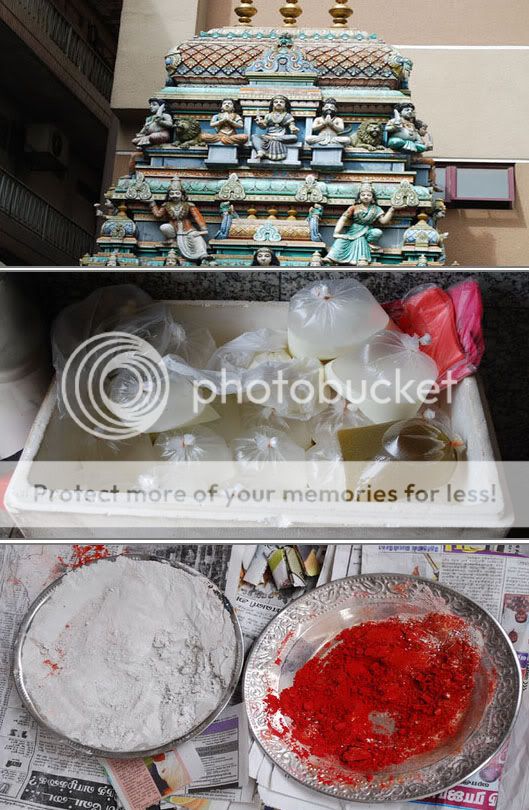

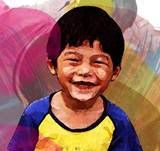
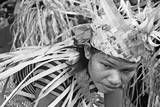
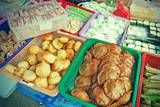



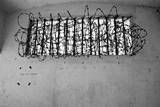

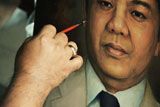





Amazing photos!
The more I look at the lotus print design, the more it reminds me of Asean logo?! Ha ha... Do you agree?
londoncaller
WOW! Thanks!
Yeah! It does look like Asean logo :) Perhaps the Asean logo was created based on the lotus flower.
Cheers!
mylo
congratulations on the win!
Thanks mum!
Cheers!
mylo
Wow... great to hear the amazing news from you, congratulation!! You deserve it. In fact after reading through some of the blogs from participants, I had the feeling that you have a very high chance to win. At least your posts seem to be more sincere and creative.
You deserve it after all your hard work. Congratulation again!!
Does it improve your blog popularity?
Shelyn
Thanks Shelyn!
I guess lady luck was on my side :) It is one tough competition - with over 1 900 submission for the first two months. The second round is going to be even tougher.
I'm working on another piece of article about KL. It's a S.E.C.R.E.T :)
I owe my success to Shelyn and all my voters, supporters and visitors. Without your kind readership and support, I'm no mylo.
Very few ppl comment. But, the traffic to my blog has been REAL GOOD! A nice exposure for my one year old bloggie.
Shelyn, you need to find some time, snap some pictures and start writing to BLOG4FT! You too can win great prizes!!!
Cheers!
mylo
Congrats, taniah, as one of the winners in the blogging competition. At the outset I knew you'd feature as one of the winners.
Roger
Terima kasih & 谢谢!
I'm very grateful for your wonderful suppport :)
I'm trying to do my BEST!
Cheers!
mylo